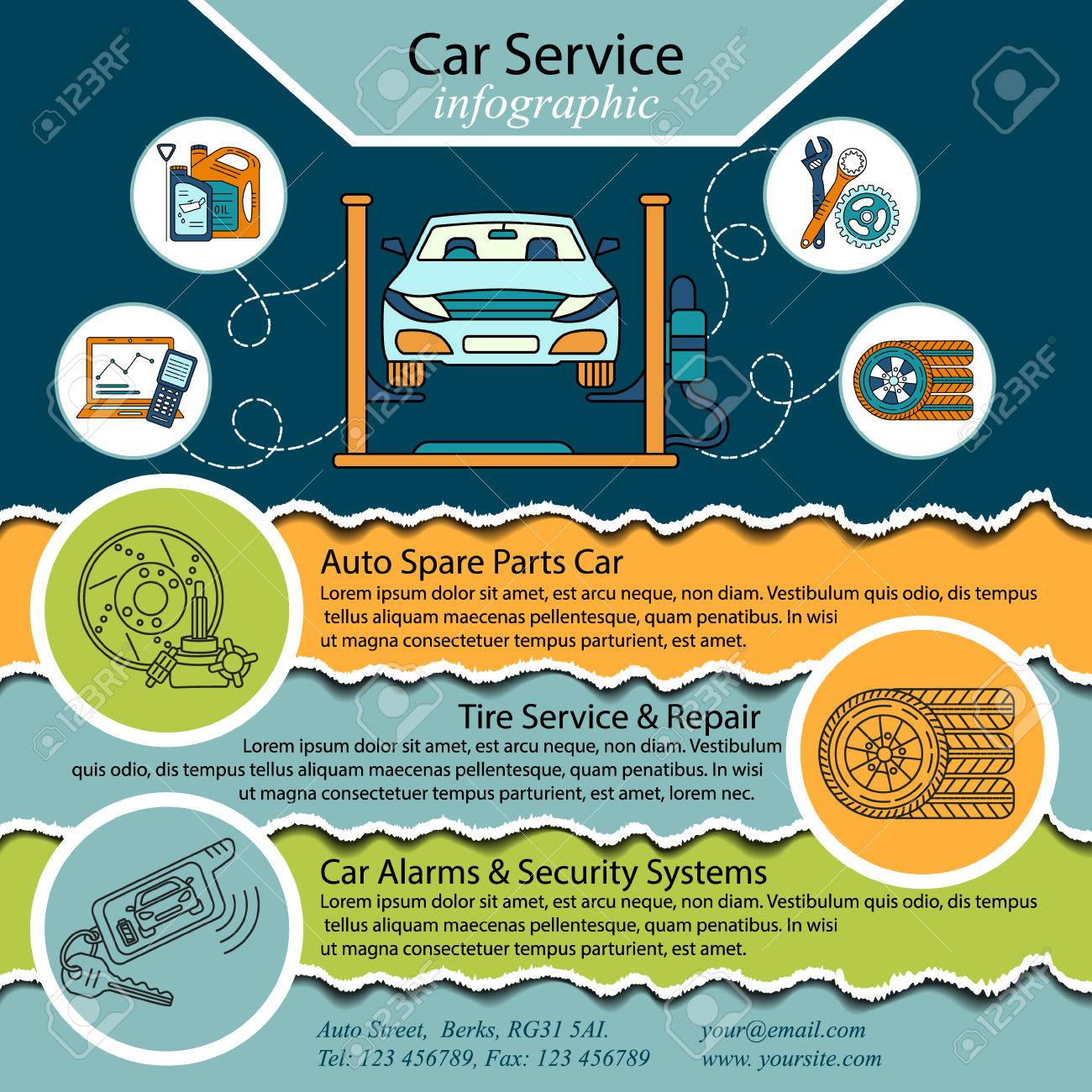Comprehending The Definition Behind Your Vehicle'S Caution Lights: A Comprehensive Look
Comprehending The Definition Behind Your Vehicle'S Caution Lights: A Comprehensive Look
Blog Article
Material Writer-Vinson Kejser
When you're behind the wheel, those beautiful warning lights on your dashboard can be a little bit puzzling. Do you understand what they're attempting to inform you about your auto's health? Understanding the significance of these lights is vital for your safety and the durability of your automobile. So, the following time among those lights pops up, wouldn't you want to decipher its message properly and take the required steps to address it?
Common Warning Lighting and Interpretations
Identify usual warning lights in your auto and understand their meanings to guarantee secure driving.
The most normal caution lights consist of the check engine light, which indicates concerns with the engine or emissions system. If this light comes on, it's crucial to have your lorry checked without delay.
The oil pressure alerting light suggests low oil pressure, needing prompt attention to avoid engine damage.
A flashing battery light could suggest a malfunctioning charging system, potentially leaving you stranded otherwise dealt with.
The tire stress tracking system (TPMS) light signals you to low tire pressure, influencing automobile stability and gas performance. Neglecting this can result in unsafe driving problems.
The abdominal light suggests an issue with the anti-lock braking system, jeopardizing your ability to quit swiftly in emergency situations.
Lastly, the coolant temperature level advising light warns of engine getting too hot, which can lead to extreme damages if not settled swiftly.
Understanding these usual caution lights will certainly help you resolve problems immediately and maintain safe driving problems.
Importance of Prompt Focus
Understanding the common caution lights in your auto is only the initial step; the relevance of promptly resolving these cautions can't be emphasized sufficient to ensure your security on the road.
When have a peek here brightens on your dashboard, it's your cars and truck's method of communicating a potential concern that needs interest. Overlooking read the full info here can cause more severe issues in the future, endangering your safety and security and possibly costing you extra out of commission.
Motivate focus to warning lights can avoid failures and crashes. For instance, a blinking check engine light can suggest a misfire that, if left ignored, can create damage to the catalytic converter. Resolving this promptly can conserve you from a costly repair service.
In a similar way, a brake system advising light might signal low brake fluid or worn brake pads, vital elements for your safety when driving.
Do It Yourself Troubleshooting Tips
If you notice a caution light on your control panel, there are a couple of DIY repairing tips you can try prior to looking for specialist help.
The primary step is to consult your automobile's handbook to understand what the particular caution light indicates. Occasionally the issue can be as straightforward as a loosened gas cap activating the check engine light. Tightening the gas cap might fix the issue.
Another typical issue is a low battery, which can cause numerous advising lights. Inspecting the battery connections for corrosion and ensuring they're secure could take care of the problem.
If a caution light lingers, you can attempt resetting it by separating the car's battery for a couple of minutes and after that reconnecting it. Additionally, examining your automobile's fluid degrees, such as oil, coolant, and brake liquid, can help fix warning lights related to these systems.
Conclusion
Finally, recognizing your cars and truck's warning lights is necessary for maintaining your car running efficiently and safely. By quickly addressing these alerts and knowing what they suggest, you can prevent expensive fixings and prospective malfunctions.
Remember to consult your car's manual for specific information on each cautioning light and act as necessary to make sure a trouble-free driving experience.
Remain educated, stay secure when driving!
